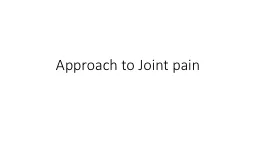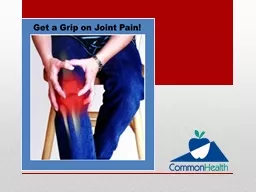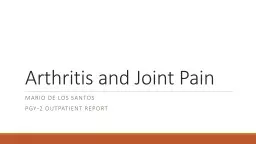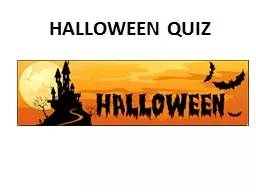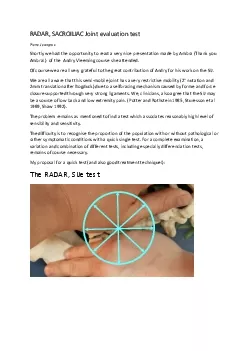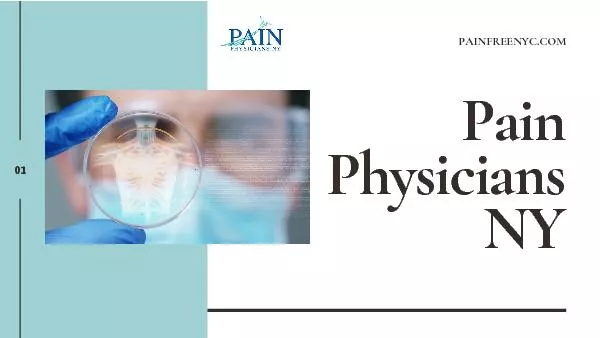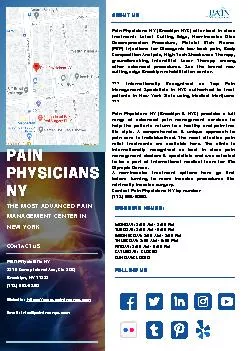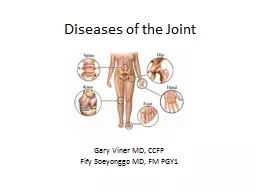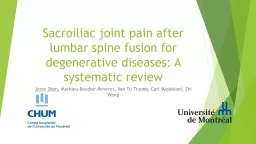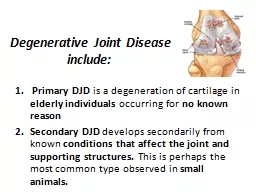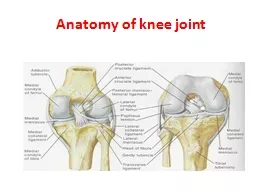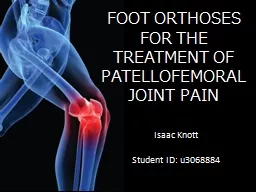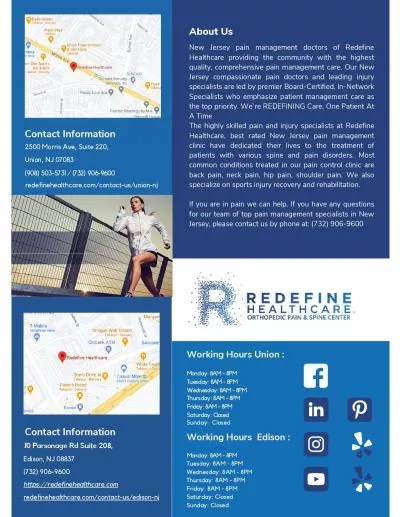PPT-Approach to Joint pain QUIZ
Author : pamella-moone | Published Date : 2020-04-03
httpstinyurlcomyakeqhj5 78 yo Chi Male NKDA ADLI comm ambulant Nonsmoker nondrinker PMHx HTN HL Gastric Diffuse large B cell lymphoma CHOP chemotherapy 9 yrs
Presentation Embed Code
Download Presentation
Download Presentation The PPT/PDF document " Approach to Joint pain QUIZ" is the property of its rightful owner. Permission is granted to download and print the materials on this website for personal, non-commercial use only, and to display it on your personal computer provided you do not modify the materials and that you retain all copyright notices contained in the materials. By downloading content from our website, you accept the terms of this agreement.
Approach to Joint pain QUIZ: Transcript
Download Rules Of Document
" Approach to Joint pain QUIZ"The content belongs to its owner. You may download and print it for personal use, without modification, and keep all copyright notices. By downloading, you agree to these terms.
Related Documents

